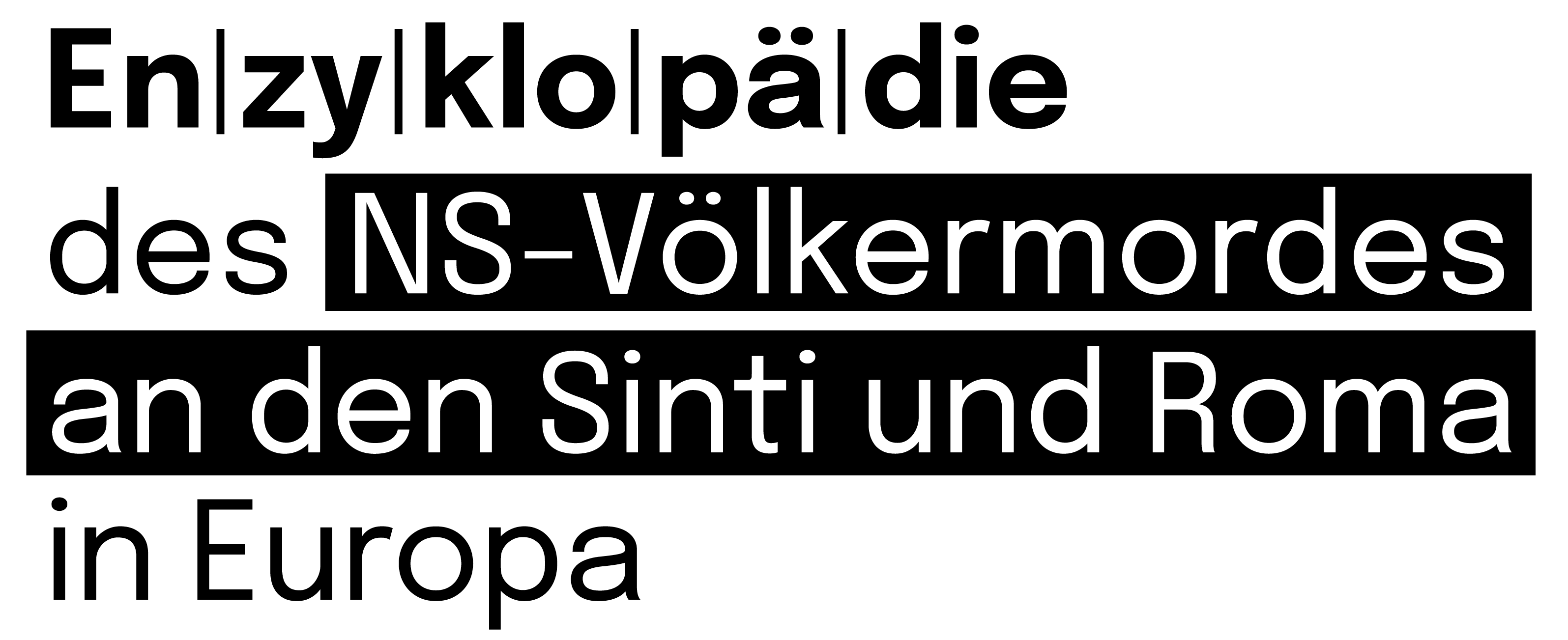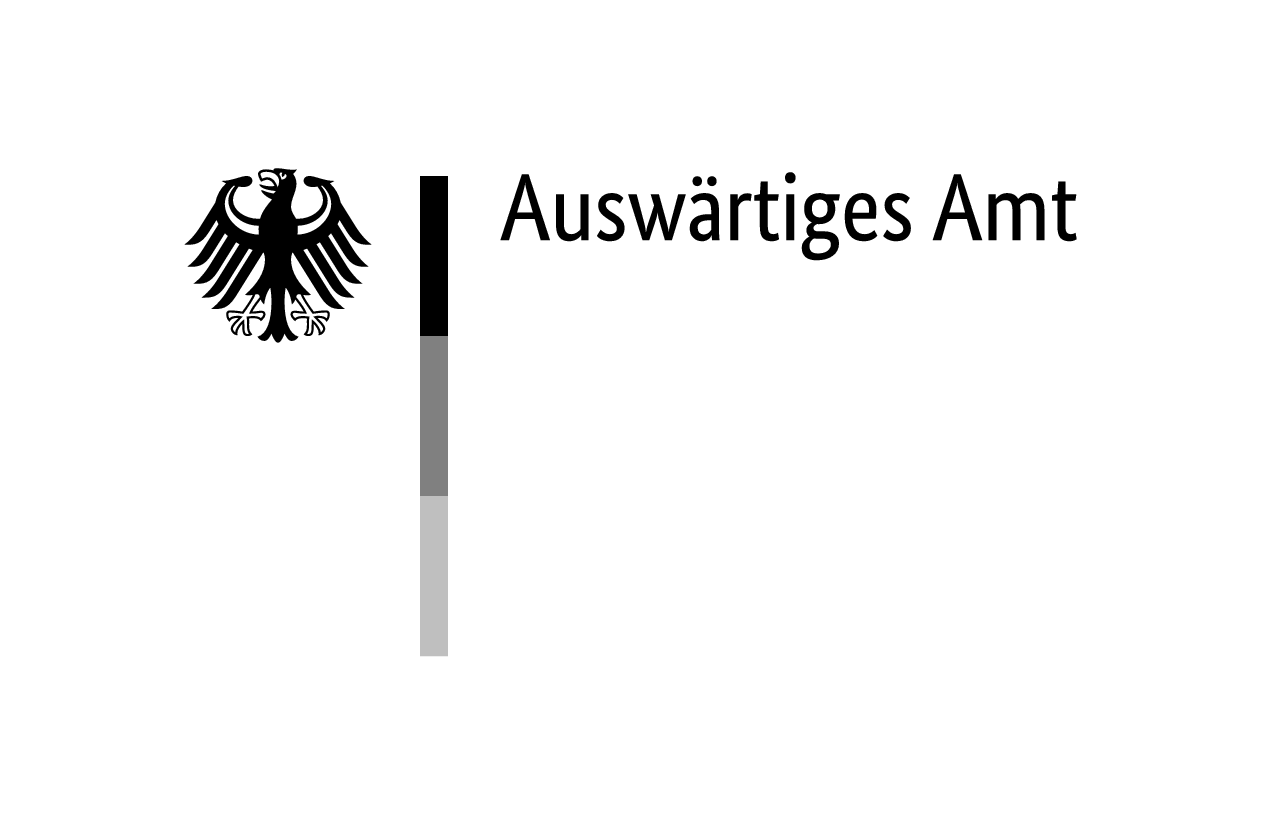Located in the North Caucasus, Voroshilovsk [German: Woroschilowsk; today: Stavropol’] was the capital of the Ordzhonikidze krai [today: Stavropol’ krai], Russia. As the last major city before the Kalmyk steppe, Voroshilovsk was of important strategic significance for the Wehrmacht’s offensive in the southern Soviet Union in the summer of 1942 (‘Operation Blue’ [‘Unternehmen Blau’]). The city was taken by the 3rd Panzer Division on 4 August 1942 and was soon used as an administrative centre for high-ranking occupation forces.
Initially, the Commander of Rear Army Area 531 [Kommandeur des rückwärtigen Armeegebietes, Korück 531] was based in Voroshilovsk. In mid-August 1942, the staff of Einsatzgruppe D (EG D) also relocated to the town, followed in the second half of September by the staffs of Higher SS und Police Leader Caucasus [Höherer SS- und Polizeiführer, HSSPF Kaukasien] and the Commanding General of the Security Forces and Commander in Army Area A [German: Kommandierender General der Sicherungstruppen und Befehlshaber im Heeresgebiet A].
The administration of the town and surrounding area was initially the direct responsibility of Field Command 676 [Feldkommandantur, FK 676]. At the end of September 1942, the Local Command I/762 [Ortskommandantur, OK I/762] was added after the Rear Army Area A [German: rückwärtiges Heeresgebiet A] had been extended to Voroshilovsk.
Mass Murder of Patients, Jews and Roma
Einsatzkommando 12 (EK 12) reached Voroshilovsk on 5 August 1942 and immediately set about ‘clearing’ the town’s psychiatric hospital. Within four days, 660 patients were registered and murdered. Some of them were asphyxiated in a gas van [German: Gaswagen], while the others were driven to a pit and shot.
The annihilation of the Jewish population in Voroshilovsk took place in two stages. First, the EK 12 issued a poster ordering all Jews who had arrived in the city after 22 June 1941 to gather on Ordzhonikidze Square on 12 August 1942 with their valuables and a maximum of 20 kg of luggage for the purpose of ‘resettlement’. All those who responded to this call—estimates range from 1,000 to 3,000 people—were driven out of the city and shot on a former airport site.
The next mass killing followed three days later and affected at least 500 local Jews who had gathered in the former building of the local branch of the People’s Commissariat for Internal Affairs [Narodnyi Komissariat Vnutrennykh Del, NKVD], which was now used by EK 12, in response to another call for ‘registration’. The victims were mainly elderly people, women and children.
After the major killing operations were completed, the main commando of EK 12 travelled to Piatigorsk. The sub-commando that remained behind continued the manhunt for Jews, communists and other supposed ‘enemy elements’ with the help of a network of local police officers and informants. Those arrested were brought to the Security Police (Sipo) prison, whose cells were emptied at irregular intervals by means of group executions. Two gas vans of the EG D were also used for this purpose.
The largest such killing operation, which was witnessed after the war by both surviving prisoners and those involved in the crime, took place in November 1942 and affected over 100 Roma, although their names and backgrounds are not recorded. Unusually, the group, most of whom were women, children and elderly people, were not taken into the prison building but had to spend the night under guard in the prison yard. Early the next morning, the two gas vans drove up. The victims had to undress down to their underwear before being driven into the vans. The engines were then started and the exhaust fumes were channelled into the interior. When the screams stopped after a few minutes, the vans left the prison yard and drove the bodies to the mass graves outside the city. 1BStU, MfS HA IX/11 ZUV 23, Akte 9, pp. 16–31, here pp. 21 and 29, interrogation of the witness Pavel Nikitich Vasiutin by the KGB of the Stavropol’ krai at the request of the General Prosecutor’s Office of the GDR, 8 October 1975; ibid., Akte 13, pp. 189–199, here pp. 192 and 197–198, interrogation of the witness Mikhail Solomonovich Kaganer by the KGB of the Stavropol Krai, 19 February 1967; ibid., pp. 217–244, here pp. 227–228 and 241, interrogation of the witness Boris L’vovich Kamenko by the KGB of the Stavropol’ krai at the request of the General Prosecutor’s Office of the GDR, 16 December 1975; ibid., Akte 14, pp. 3–29, here pp. 12 and 25–26, interrogation of the witness Isaak Ruvinovich Lekhel’ by the KGB of the Stavropol’ krai at the request of the General Prosecutor’s Office of the GDR, 29 November 1975; Rebrova, “‘Pochemu ostalsia zhivoi?’,” 390.
In the course of the forced retreat of [German: Heeresgruppe A] and EG D from the North Caucasus in January 1943, EK 12 also murdered the last remaining prisoners in Voroshilovsk. The town was liberated by the Red Army on 21 January 1943.
Proceedings against Herbert Drabant
In the mid-1970s, on the basis of Soviet investigation findings, the Public Prosecutor General’s Office of the German Democratic Republic opened an investigation procedure against Herbert Drabant (1915–1994), a former SS-Oberscharführer and member of EK 12. He was accused of collaborating in the murder of at least 4,400 Soviet citizens, including 3,500 Jews in Voroshilovsk alone, between June 1942 and December 1943.
On 9 August 1976, the municipal court of Greater Berlin sentenced the accused to life imprisonment, which he served in Brandenburg-Görden and Bautzen II prisons until he was released on compassionate grounds (for health reasons) in April 1990. Although mass murders of Roma in general and in Voroshilovsk in particular formed part of the preliminary investigation and the accused was questioned on the subject, Roma as a victim group were not mentioned in the indictment or the verdict2BStU, MfS HA IX/11 ZUV 23, Akte 15, pp. 1–13, indictment of the Attorney General of the German Democratic Republic against Herbert Drabant, 24 May 1976; ibid., pp. 190–227, judgement of the Criminal Senate 1a of the City Court of Greater Berlin in the criminal case against Herbert Drabant, 9 August 1976.—a recurring phenomenon in the judicial processing of Nazi crimes.
With regard to Voroshilovsk, the reason for this is probably that Drabant was assigned to a sub-commando of EK 12 in Budennovsk in September 1942, so that personal involvement in the gas van murders of Roma in November 1942 was ruled out.




